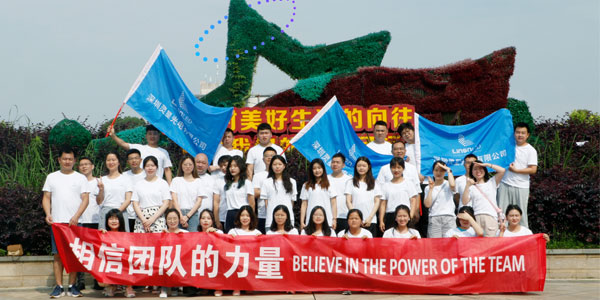Common Cathode LED Technology for LED Display Every User Need to Know
As the pixel pitch continues to shrink, the pixels become denser, and as the power consumption of the display screen increases, the issue of energy saving becomes more and more important. In the era of micro-pitch below P1.0, technical routes are separated between common cathode LED technology and common anode technology.
Compared with common anode technology, common cathode technology, which has more energy-saving advantages, has also attracted further attention from the industry.

What Is Common Cathode Energy Saving Technology?
“Common cathode” refers to the common cathode power supply method. The common cathode LED display adopts a separate power supply for R, G, and B, and accurately distributes the voltage and current to the red, green, and blue lamp beads. The current passes through the lamp beads and then to the negative pole of the IC. Lower voltage, low on-resistance.

What Are the Advantages of Product that Adopts Common Cathode Technology?
In recent years, as the development of LED displays has gradually entered a mature stage, the requirements for products have become higher and higher, especially in terms of reliability, service life, and display consistency. The common cathode power supply technology has advantages in these aspects.
This technology reduces the power consumption of the system by separately supplying power to the red, green, and blue lamp beads, and the temperature of the screen body decreases accordingly, so that the electronic components have higher reliability and longer life at a relatively low operating temperature.
There are more advantages in pitch and Mini/Micro LED applications. Incorporating other energy-saving technologies simultaneously can more effectively achieve energy-saving maximization.
The energy saving of LED display screen has always been the focus of the whole industry.
Especially for customers who have “big power consumers” outdoor fixed-mounted LED displays, because the outdoor fixed-mounted screens work for a long time, effectively maximizing energy saving can save customers costs, and it is more in line with the development needs of the industry environment. It is more cost-effective in the long run.
What’s the Marketing Sharing between Common Anode and Common Cathode? Why?
Compared with common cathode technology, common anode technology also has its advantages. Data shows that the current market share of common anode technology and common cathode technology is around 90% and 10%, respectively. There are mainly the following factors:

① Common anode technology has been maturely applied for many years, and the industry chain is complete, while common cathode technology related to LED display technology, such as LED, power supply, driver IC, etc., is not yet as mature as the common anode technology industry chain.
② Although the common cathode technology saves the VF voltage difference of the red LED chip by reducing the supply voltage of the red LED chip, this increases the power supply, which means that the wiring complexity of the PCB board also increases accordingly.
③ At present, the cost competitiveness of common anode technology is still relatively strong, and the cost of common cathode technology is about 30% higher than that of common anode technology.
④ More importantly, the key patents of common cathode technology were mainly in the hands of a single company. The issue of intellectual property rights brings certain concerns when display manufacturers choose which technology to adopt, which largely hinders the extensive development of common cathode technology.
This is one of the reasons why common anode technology still occupies the mainstream in the current market, although the common cathode technology has obvious energy-saving advantages.
⑤ In addition, from the perspective of sensitivity to energy saving and cooling requirements, LED displays with conventional pixel pitch have been standardized.
Although there is demand, but due to the lack of motivation to introduce the high-cost common-cathode technology, it is more inclined to adopt the common-anode technology solution with mature technology and lower cost.
The demand for energy saving and cooling is more obvious for the display screen with a finer pitch. Common cathode technology is more suitable for the application of micro-pitch LED display below P1.0, and the market share of micro-pitch itself is still in the growth stage.
What Is the Development Prospect of Common Cathode Technology?
The application of common cathode technology may usher in a new situation:
First, the micro-pitch LED display shows an obvious trend of the annualized growth rate of scale. With the development of LED displays in the direction of miniaturization, the market share continues to increase, and the demand for energy saving and cooling will become stronger and stronger. The demand for common cathode technology will naturally increase accordingly.
Second, at present, the industry chain of common-cathode LED display screens in the market have gradually developed, and the products and technologies have become more stable.
Chip manufacturers have launched corresponding common-cathode chips; LED packaging manufacturers have introduced lamp beads with common-cathode solutions; Power supply manufacturers have also produced corresponding power supplies; In PCB design, due to the high integration of common-cathode solutions, the number of components is more simplified, so the PCB factory has also launched products corresponding to the common cathode solution.
The common cathode industry chain is becoming more and more mature, which will accelerate the development of the “common cathode” LED display market!
Linsn LED is at the forefront of the industry and has developed a variety of common cathode energy-saving products.
Click the link below to view more related product details:

